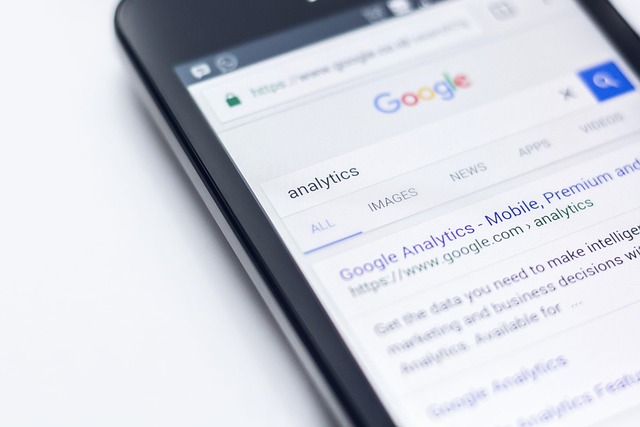Text messaging services have become a cornerstone for modern businesses wanting direct, measurable contact with customers. Using SMS and texting for marketing lets companies send timely offers, reminders, and updates that land in a customer’s most-read channel. When planned well, bulk message campaigns can boost engagement, improve retention, and support local services or national strategies alike.
SMS complements broader marketing strategies by offering immediacy and high open rates compared with many channels. Marketers use SMS to send time-sensitive promos, appointment reminders, and two-factor authentication, and to drive traffic to online campaigns. Because messages appear on the lock screen, SMS is effective for short calls-to-action and nudges that support email, social, and paid ads.

SMS works best when integrated into a multichannel funnel: capture consent through web forms or in-store, segment audiences, and tailor messages to intent. Avoid one-size-fits-all blasts; personalization and timing improve conversions while respecting recipient preferences and frequency limits.
What makes effective business texting?
Effective business texting balances clarity, brevity, and relevance. A good business SMS includes a clear value proposition, a concise call-to-action, and an opt-out option. For service providers and retailers, texting can reduce no-shows, confirm orders, and handle quick customer-support updates. It’s important to maintain a brand voice and keep messages short — most carriers limit characters and long messages may be broken into multiple segments.
Operationally, businesses should maintain clean contact lists and use segmentation to send messages to the right people. Testing different message copy, send times, and CTAs allows businesses to refine their approach and improve ROI without overwhelming recipients.
When to use a bulk message campaign?
Bulk message campaigns are ideal for announcements that need to reach many recipients quickly: store openings, flash sales, appointment windows, or emergency updates. They’re efficient for businesses that need a consistent message delivered immediately across a large audience. However, bulk messaging should be targeted and permission-based to avoid spam complaints and potential carrier filtering.
Best practice is to combine bulk messages with targeted follow-ups: segment the list by behavior or location and use A/B testing on headlines and CTAs. For local services or area-specific offers, segment by zip code or service area to keep messages relevant and useful.
How to choose a text messaging services provider?
Selecting a text messaging services provider requires weighing features like deliverability, API access, segmentation tools, compliance support, and reporting. Providers vary on whether they support short codes, toll-free SMS, MMS, and international messaging. For businesses offering local services, look for a provider with good carrier relationships in your area and strong local number support.
Also evaluate customer support, integration with your CRM or marketing stack, and scalability for bulk message volumes. Trials or pilot campaigns help reveal ease of use and message throughput. Consider pricing structure (per-message, bundles, or subscription) and whether the provider offers tools for automation, scheduling, and analytics.
How to measure SMS campaign performance?
Measuring SMS success means tracking delivery rate, open or read proxies, click-through rate on links, conversion rate, opt-out rate, and revenue per message. Use UTM parameters for links in messages to tie SMS traffic to web analytics and attribute conversions accurately. Short codes and dedicated numbers can improve deliverability and branding, while analytics dashboards help spot trends and refine segmentation.
Set clear KPIs before launching campaigns—such as appointment confirmations, coupon redemptions, or sign-ups—and benchmark performance over time. Regularly review opt-out and complaint rates to maintain list health and compliance with regulations.
Conclusion
Text messaging services offer a direct, measurable channel that can drive marketing efficiency and improve customer experience when used thoughtfully. By choosing the right provider, crafting concise and relevant messages, and tracking appropriate metrics, businesses can leverage texting and SMS to support local services and broader marketing goals while respecting customer preferences and regulatory requirements.





